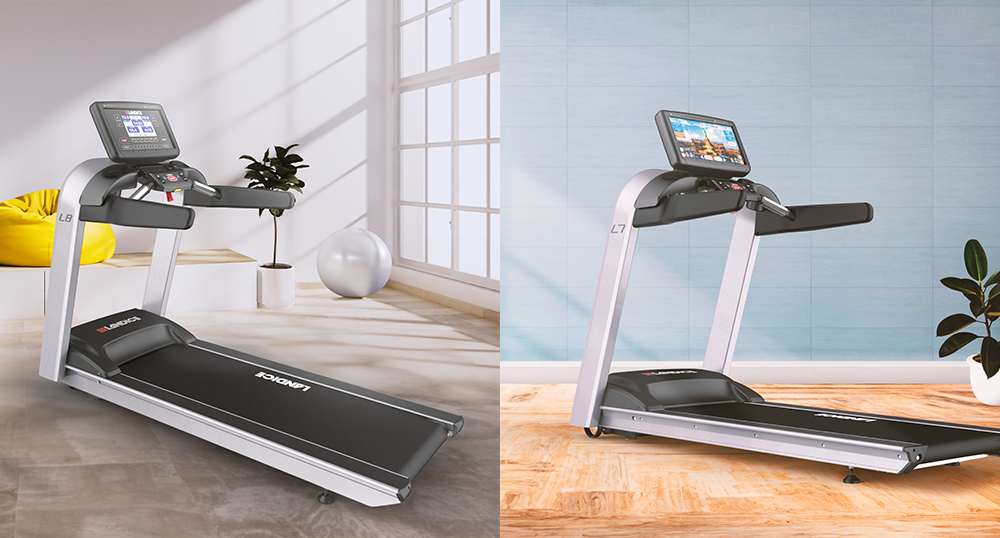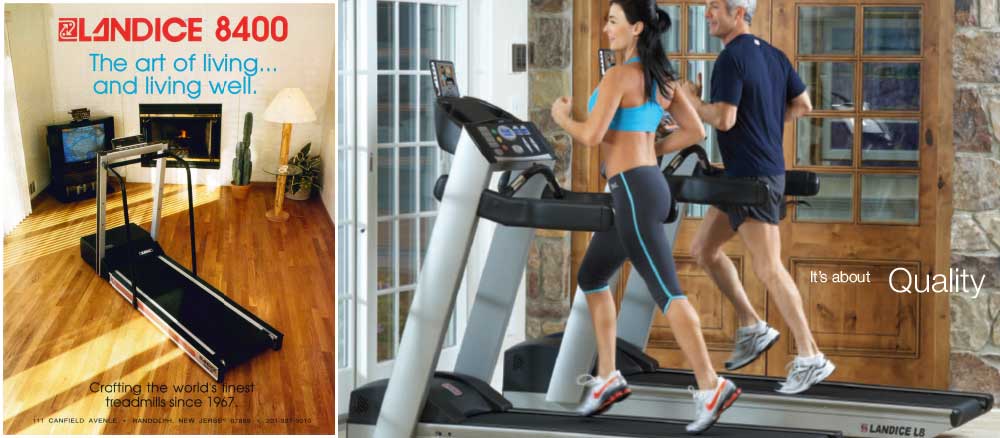Does Running on a Treadmill Affect Your Running Gait?
September 22, 2021
There is a long-standing debate in the running community between free-running outdoor enthusiasts and those who run on treadmills. We all strive for better times and personal performance, but there are some very serious differences between free running and treadmill running, and it's not just about the view. The biggest concern is that linear treadmill running will effect your running gait in a way that can be detrimental to free running in the future.
This is a serious concern, as many treadmill runners enjoy free-running on vacation and free-runners are sometimes limited to the treadmill in lockdown conditions and bad weather. Does running on a treadmill affect your running gait? The answer is more complex than a simple yes or no, so let's go into the details.
Your Running Gait with Linear vs Free Running
First, there is a big difference between the linear-only path of the treadmill and the varied path of free running. Free-running not only involves more turns, curves, and dodging obstacles; outdoor running also involves more space to move your arms and legs. You can run with a wider stance and throw your arms out wider, if this is your style, while treadmill running limits your arms and legs to the width of the machine and its handles.
This is a two-sided coin. Treadmill runners are less likely to develop an uneven or loping form because their run is streamlined along the linear axis. Free runners have the full range of motion while treadmill runners are limited, but have more opportunity to develop bad running form and habits.
Support Muscles from Uneven and Non-Linear Running
Now let's talk about the many support muscles your body uses to stabilize and control yourself while you are running. Outdoor runners deal with obstacles, turns, curves, and uneven terrain that trains a variety of support muscles - often without our awareness. Those who run freely are better prepared to deal with unexpected elements on the path, adapt to incline and decline running, run a long turn without tiring, and other things a treadmill runner will never practice.
In this way, treadmill runners do miss out on the support muscle development. Incline treadmills can help at least build up additional calf and gluteus muscles to handle hills, but lack of these maneuvering support muscles is why treadmill runners are recommended to take care when switching back to free running.
Pushing Yourself Off the Ground vs the Rolling Treadmill Belt
Next is the push-off. When you run outdoors, your feet have to push off the ground to push yourself forward. The materials you run over, their traction and give, determine the muscles trained and the difficulty of your run. Running on a treadmill always has the same surface, and the belt feeds itself to you. While you have to push off to rise and fall, only purely mechanical treadmills even simulate that critical push-off from free running.
The sensation can be very different when transitioning from treadmill to outdoor running. However, this is the difference that can put outdoor runners at risk when they switch temporarily to treadmill running indoors.
Managing Your Center of Gravity
Your center of gravity can change when you run outdoors. You may lean into the wind or into a turn. You can lean back when taking a break or allow your gait to falter when you grow tired. Running on a treadmill, your center of gravity must remain the same. There are only a few running postures that work on the treadmill. Your gravity must remain centered in the center of the treadmill and primarily right above your hips. This is another major experiential difference between free running and treadmill running, and can leave both parties unprepared to try the other type of run after many months doing only one method.
How to Safely Transition Between Outdoor and Treadmill Running
To answer the original question, treadmill running and free running do train different types of gait. Free running involves uneven surfaces, curves, and obstacles which train support muscles that treadmill runners do not develop. However, free runners can also develop bad running form with full freedom of movement. Treadmill runners always run the same way and can develop a gait that is too steady for a more variable outside world, and lacking the support muscles to deftly deal with obstacles and uneven terrain.
Both treadmill runners and outdoor runners should be careful when changing forms. The gaits are different, but both are valid when trying to stay active in a demanding modern life. Treadmill runners, be prepared to slowly build up your ability to deal with less-than-flat routes. Outdoor runners, regulate your style and center of gravity when adding treadmill running to your routine.
.png?width=258&height=54&name=Landice_logo%20(1).png)



